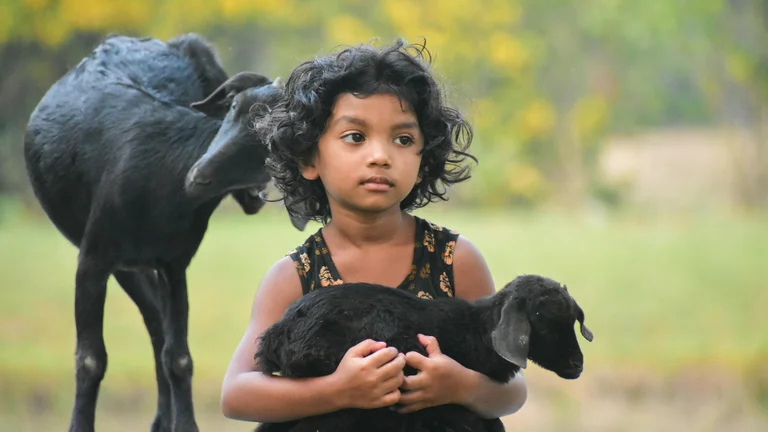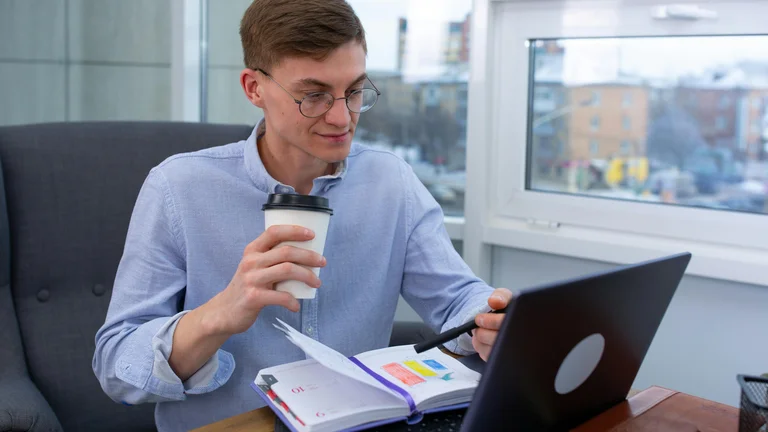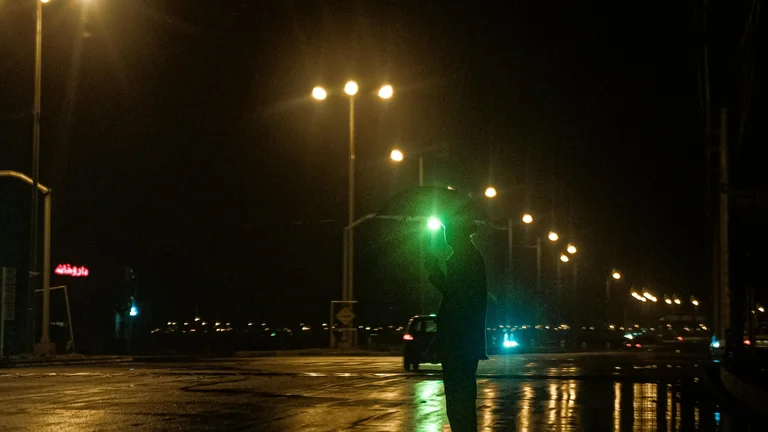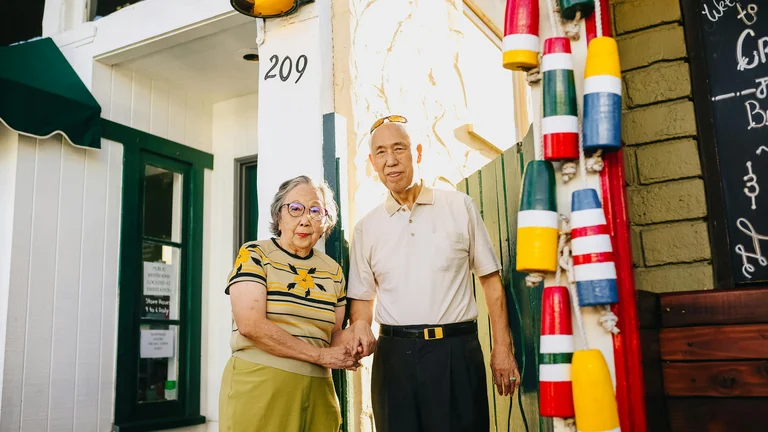Understanding the Cultural Significance of Piggyback Rides in K-Dramas
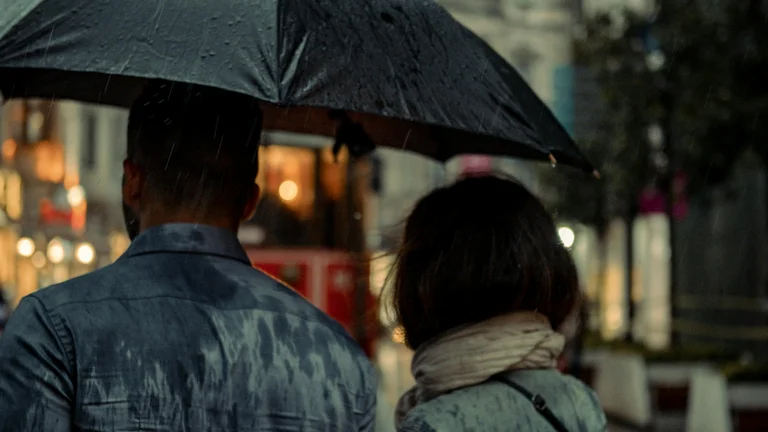
In South Korean television dramas, commonly known as K-Dramas, piggyback rides serve as a beloved narrative and visual device with profound cultural and emotional resonance. These moments often symbolize care, trust, vulnerability, and a deepening of intimacy between characters. Historically, the piggyback ride—referred to as "deung-ttagi" in Korean—traces back to traditional Korean values emphasizing kinship and mutual support. Through television, this simple gesture has evolved into a potent visual trope that encapsulates the development of relationships, often signaling turning points in story arcs.
The use of piggyback rides extends beyond mere physical transportation. It acts as a metaphorical platform showcasing emotional support and protection, frequently during situations when one character is physically or emotionally vulnerable. For instance, a frail or injured character being carried by another signifies both literal and figurative strength. It hints at willingness to bear burdens and an implicit promise of reliability. Viewers derive substantial emotional satisfaction from witnessing these tender moments, as they highlight the delicate balance of power and affection.
Embedding piggyback rides into narrative structures deeply affects audience engagement. They create memorable scenes that resonate long after the episode concludes, contributing to the overall romantic or dramatic atmosphere and enhancing the dynamism between characters. Such scenes often incorporate symbolic elements like weather conditions—rain or snow—to amplify emotional undercurrents. When combined with carefully curated dialogue and character expression, piggyback rides transcend mere physical acts to become iconic memorable highlights within K-Drama storytelling.
Iconic Piggyback Ride Scenes and Their Impact on K-Drama Narratives
Across an extensive catalog of K-Dramas spanning genres including romance, thriller, fantasy, and slice-of-life, piggyback ride sequences have left a lasting imprint. Below are some highly cited examples that demonstrate how these scenes contribute meaningfully to narrative development:
- "Goblin" (2016–2017): In this fantasy romance, the epic piggyback scene between the Goblin and Ji Eun-tak adds layers to their complex relationship. This scene articulates protection amidst vulnerability and symbolizes a bridge between their immortal and human realms.
- "Strong Woman Do Bong-soon" (2017): Here, the gentle and humorous piggyback rides soften the portrayal of extraordinary physical strength, blending charm with vulnerability. It juxtaposes Do Bong-soon’s superhuman abilities with everyday tenderness.
- "Crash Landing on You" (2019–2020): The cross-border romance features tender piggyback moments that emphasize safety, comfort, and connection rendered more poignant by the political tensions framing their story.
- "Weightlifting Fairy Kim Bok-joo" (2016–2017): This sports and romance drama uses piggyback rides as symbolic gestures of friendship and emerging romantic feelings, underlining characters’ growth and emotional support.
These scenes often follow a recognizable structure: one character becomes physically impaired or emotionally fragile, prompting the other to carry them. The resulting contact fosters intimacy and intensifies relational chemistry. Beyond the immediate context, these moments allow directors and writers to visually express subtext without extensive dialogue, elevating the storytelling with nuanced visual cues.
The emotional weight piggyback rides carry also hinges on timing within the plot. For example, when introduced during or after conflict resolution, they can serve as reconciliatory gestures signaling forgiveness and renewed bonds. Conversely, early use in narratives may indicate the beginning of romantic tension or vulnerability previously hidden. The choreography and framing of such scenes play fundamental roles, as steady camera angles, close-ups on facial expressions, and ambient music amplify the audience’s emotional response.
Technical Aspects of Filming Piggyback Ride Scenes in K-Dramas
Capturing the perfect piggyback ride moment involves intricate coordination between directors, actors, cinematographers, choreographers, and sound designers. These scenes, while seemingly straightforward, demand technical precision to convey the intended emotional tone without appearing contrived or unrealistic.
Firstly, staging the scene involves selecting appropriate locations that complement the mood. Outdoor settings like rainy streets, quiet alleys, or snow-covered parks are popular, as they introduce atmospheric tension and natural lighting variations that deepen viewer immersion. In contrast, indoor scenes might utilize confined spaces to create a feeling of intimate closeness.
Actor coordination and safety are paramount since piggyback scenes require physical interaction and precise timing. Rehearsals focus on ensuring comfortable grips, proper weight distribution, and authentic reactions. For the person carrying, maintaining natural upper-body posture is crucial to avoid awkwardness. Meanwhile, the one being carried must relax enough to appear credible yet responsive to adjustments for safety.
The cinematographic approach integrates selective focus and movement to mirror emotional intensities. Smooth tracking shots following the piggyback create flow, whereas handheld cameras might be used for more intimate, shaky effects reflecting tension or urgency. Lighting choices vary from soft diffused tones to stark contrasts depending on the narrative atmosphere.
Sound design complements visuals by embedding subtle environmental noises like footsteps and breath, or musical cues that align with character emotions. Directors often closely work with composers to produce melodic, memorable themes that play during or immediately after piggyback scenes to reinforce emotional recall.
Emotional and Psychological Dimensions of Piggyback Rides in Character Development
Beyond aesthetics and technical execution, piggyback rides function as crucial indicators of psychological states and relationship dynamics between characters. These moments depict vulnerability, a drastic shift from previously established power dynamics, and trust-building in a visually accessible form.
Psychologically, being carried signals temporary submission and reliance, which can be challenging for characters with prideful or stoic personalities. Thus, when such characters allow themselves to be carried, it represents significant emotional breakthroughs. Conversely, the carrier often embodies security and protection, solidifying their role as caregiver or dependable partner within the narrative framework.
From a relational standpoint, piggyback rides frequently signal mutual care promises without explicit verbal commitment. This intimate physical contact implies comfort and acceptance, deepening emotional bonds. Through repeated use, these sequences articulate the evolving stages of affection, conflict resolution, and mutual support.
Additionally, these scenes allow audiences to gain insights into characters’ inner worlds remotely. For example, small gestures such as tightening grip, gentle head rests, or whispered assurances during a piggyback ride communicate layered emotions, including fear, relief, hope, and love. These nuanced portrayals contribute to character depth, making their journeys more relatable and compelling.
Comparative Analysis Table: Iconic Piggyback Ride Moments in Popular K-Dramas
To better understand how these scenes function contextually, the table below compares five landmark piggyback ride moments across well-known K-Dramas, highlighting elements like narrative context, emotional emphasis, filming style, and audience reception.
| K-Drama | Scene Context | Emotional Theme | Filming Techniques | Audience Impact |
|---|---|---|---|---|
| Goblin | Protagonist carries mortal love interest through forest | Protection, supernatural connection | Soft lighting, slow tracking shot | Highly memorable, iconic romantic symbolism |
| Strong Woman Do Bong-soon | Hero carries heroine after injury | Vulnerability juxtaposed with strength | Close close-ups, lighthearted musical overlay | Balancing humor and tenderness; fan favorite |
| Crash Landing on You | Cross-border escape, safety assurance | Comfort, reassurance amidst danger | Handheld shots, tight framing | Heightened emotional tension; widely shared clips |
| Weightlifting Fairy Kim Bok-joo | Post-training exhaustion support | Friendship and budding affection | Natural light, steady cam | Realistic, relatable; praised for authenticity |
| My Love from the Star | Alien speeds away while carrying heroine | Supernatural salvation and intimacy | Slow motion, dramatic score | Visually stunning, deeply romantic |
Key Elements That Make Piggyback Ride Scenes Iconic
Based on detailed analysis and audience reception, certain recurring elements contribute to the iconic status of piggyback scenes in K-Dramas. Understanding these components helps in appreciating their narrative effectiveness.
- Emotional Timing: The placement of piggyback rides at pivotal emotional junctures enhances their significance. Whether it’s post-conflict reconciliation, confession, or moments of physical weakness, timing heightens narrative meaning.
- Character Chemistry: Authentic visible connection between actors in body language and expression makes the piggyback ride believable and endearing to viewers.
- Symbolic Setting: Environments like rainy streets, picturesque parks, or dimly lit alleys visually underpin the mood, often highlighting themes of vulnerability or hope.
- Minimal Dialogue: Scenes often minimize speech to let expressions and physical contact communicate emotional depth.
- Music and Sound: Carefully selected scores support mood shifts and emotional climaxes, making the experience immersive.
- Cinematography: Strategic camera work focuses on close-ups and dynamic angles to capture subtleties in gesture and emotion.
By combining these elements thoughtfully, creators craft scenes that linger powerfully in the audience’s memory, contributing to the cultural appeal and emotional weight of K-Dramas.
Step-by-Step Breakdown: How to Film an Effective Piggyback Ride Scene Inspired by K-Dramas
For filmmakers or enthusiasts seeking to replicate the emotive power of K-Drama piggyback rides, the following guide outlines crucial considerations and practical steps:
- Step 1: Script Integration - Identify the emotional context in the narrative where the piggyback ride best serves story progression. Ensure the gesture aligns with character development.
- Step 2: Casting and Rehearsal - Select actors comfortable with physical interaction. Conduct rehearsals focusing on weight distribution, timing, and natural reactions.
- Step 3: Location Scouting - Choose settings matching the desired mood—urban at night for intimacy, nature for serenity, rainy conditions for poignancy.
- Step 4: Lighting and Sound Setup - Use soft lighting to enhance emotional tone. Prepare sound equipment to capture ambient noises and ensure clear dialogue or silence as required.
- Step 5: Camera Planning - Plan shots using storyboards. Include close-ups to capture expressions and tracking shots for motion.
- Step 6: Filming with Emotional Direction - Direct actors to stay authentic in their gestures. Capture multiple takes focusing on different angles and emotional intensities.
- Step 7: Post-Production Enhancements - Edit scenes by selecting takes with strongest performances. Add music and adjust color grading to suit mood.
Practical Applications and Real-World Reflections
Though rooted in fiction, the cultural resonance of piggyback rides in K-Dramas influences real-world behaviors, social perceptions, and even marketing strategies. Many fans emulate these moments in photography or social media posts, demonstrating the gesture’s aspirational and affectionate qualities.
Moreover, Korean tourism boards and fan events sometimes stage piggyback ride photo zones or interactive exhibits, leveraging the emotional connectivity generated by these scenes. Merchandise and promotional content also frequently depict popular piggyback moments, recognizing their appeal among both domestic and international audiences.
Psychologists studying media impact have noted how such intimate gestures on screen contribute to idealized perceptions of romantic relationships, setting benchmarks for physical affection that resonate globally. The normalization of mutual caregiving, empathy, and gentle support embedded in these scenes fosters positive relational values among viewers.
In fashion and advertising, the casual yet stylish outfits worn during piggyback scenes also spark trends, influencing consumer choices. These cultural ripples exemplify how a narrative trope translates into a multifaceted social phenomenon.
Common Misunderstandings and Clarifications about Piggyback Ride Scenes in K-Dramas
Despite their popularity, some misconceptions surround piggyback ride moments in K-Dramas:
- They are Mere Fan Service: While piggyback rides do appeal to viewers’ romantic fantasies, they serve deeper narrative and emotional purposes as described.
- Only for Romantic Contexts: Piggyback rides also occur in friendship or familial settings, reflecting care without romantic implications.
- Always Physically Impractical: Many scenes are carefully choreographed for safety and believability, despite dramatized physicality.
- Require Traditional Gender Roles: Some K-Dramas subvert this trope by reversing roles, offering fresh perspectives on caregiving and strength.
By understanding these clarifications, audiences can better appreciate the layered meanings behind piggyback rides beyond their surface charm.
FAQ - Iconic K-Drama Piggyback Ride Moments
Why are piggyback ride scenes so popular in K-Dramas?
Piggyback ride scenes symbolize emotional support, trust, and intimacy, making them powerful visual expressions of relationship development. They resonate with viewers by showing characters’ vulnerability and care in a relatable and tender way.
Do piggyback rides only appear in romantic contexts within K-Dramas?
No, piggyback rides are used in various contexts including friendship, familial bonds, and moments of caregiving, thereby representing diverse forms of affection and support beyond romance.
How do directors film piggyback scenes to maximize emotional impact?
Directors use strategic lighting, close-up shots, atmospheric settings like rain or snow, and minimal dialogue, coupled with expressive actor performances and emotive music to emphasize intimacy and mood.
Are piggyback ride scenes culturally significant in Korea?
Yes, they reflect traditional Korean values emphasizing mutual support and close interpersonal bonds, making the gesture resonate deeply within cultural storytelling and social norms.
Can piggyback rides in K-Dramas challenge traditional gender roles?
Yes, some K-Dramas intentionally subvert typical roles by showing female characters carrying males or portraying caregiving in non-traditional ways, enriching narrative complexity and representation.
Piggyback ride moments in K-Dramas symbolize trust, care, and emotional intimacy, enhancing character relationships through nuanced storytelling. These scenes, crafted with precise cinematic techniques and strong cultural roots, have become iconic, deeply resonating with audiences and shaping the narrative heart of many beloved Korean dramas.
Iconic piggyback ride moments in K-Dramas are more than aesthetic devices; they encapsulate essential cultural values, character development, and emotional storytelling. Their multifaceted use across genres and contexts underlines their narrative versatility, influencing both Korean media and global fan cultures. Rich in symbolism, technical artistry, and psychological depth, these scenes continue to captivate audiences, reinforcing the power of subtle physical gestures in television drama storytelling.

